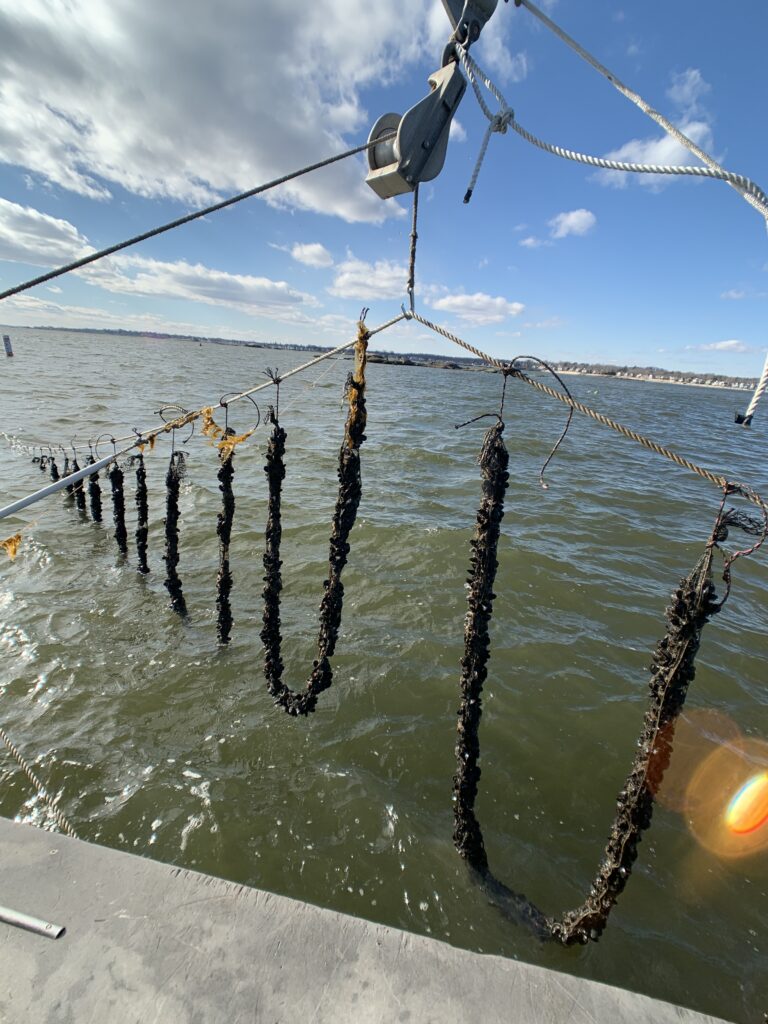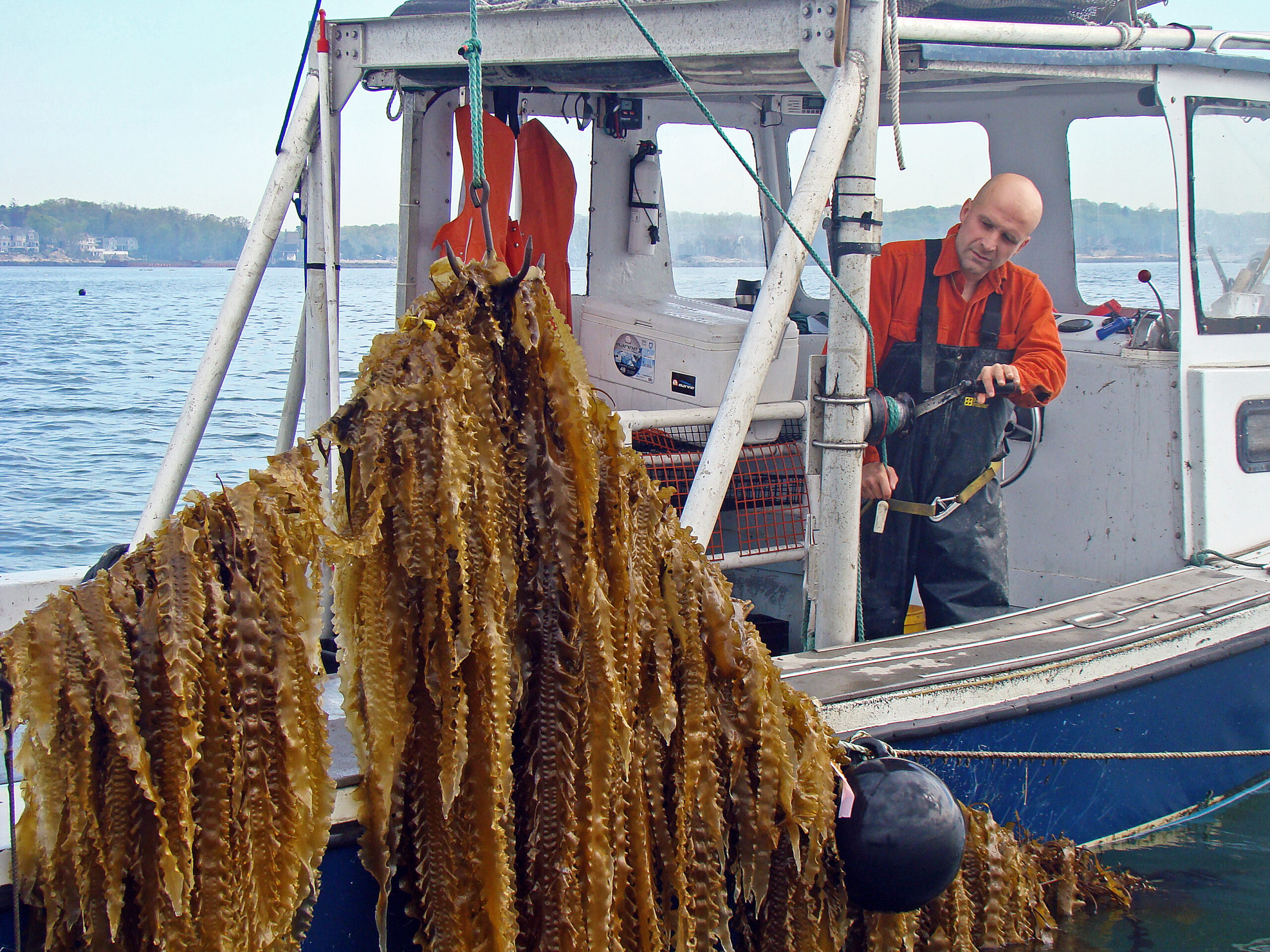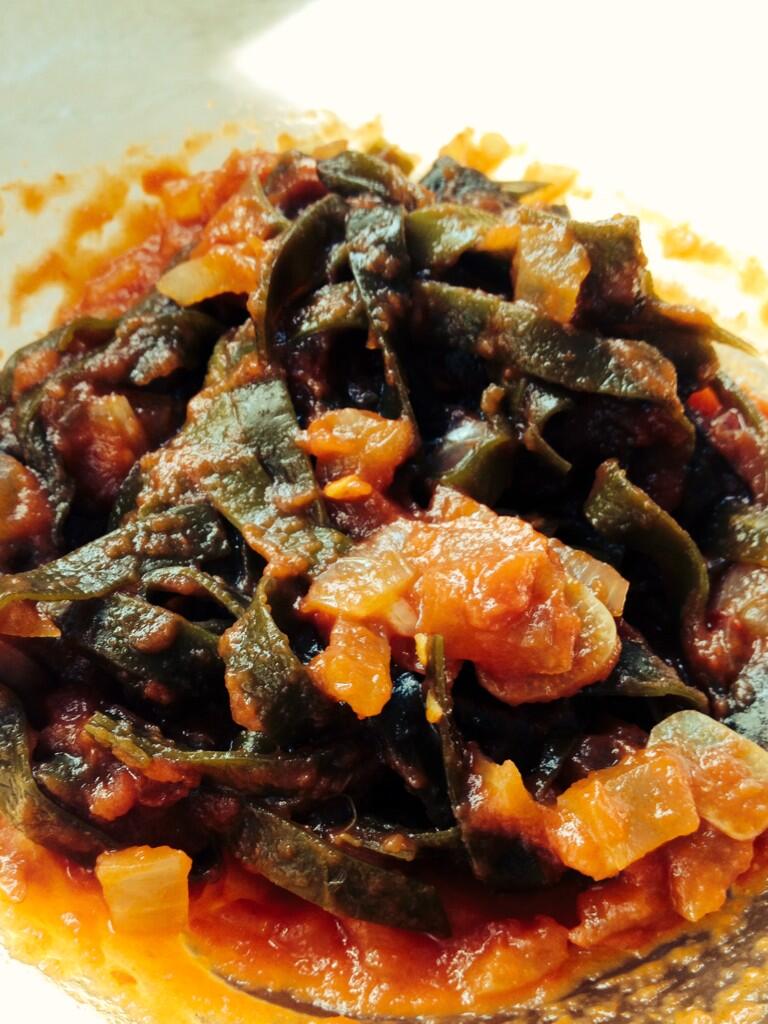GreenWave – Taking ocean farming to new depths
GreenWave has pioneered a vertical ocean polyculture that produces high yields of seaweed and shellfish with a low environmental footprint. Their farming system restores marine ecosystems and is both open-source and easily replicable at a fairly low cost. Part of a "Regenerative Reef" – or a commercial and a processing hub, it's also financially viable by design, championing the livelihood of coastal and indigenous communities. This 360° approach sets GreenWave apart.
Challenge: Eating in harmony with the world underwater
Against the backdrop of climate change and overall environmental degradation, oceans are often categorized as victims of warming, acidification, pollution, and vanishing species. They also instill fear as rising sea levels threaten food security and livelihoods. Economic inequalities facing coastal communities are another cause for concern. Regenerative ocean polyculture offers a powerful solution to these issues.
Until recently, researchers and investors alike paid little attention to the ocean’s own formidable potential to address these challenges. But as aquaculture becomes the fastest-growing food sector, the industry is under increasing scrutiny. And rightly so! Today’s conventional ocean fish cultivation, much like land-based agriculture, has many ecological drawbacks. One of them is the accumulation of excess nitrogen and phosphorus from feeds and fertilizers, causing dead zones in the oceans.
“Regenerative ocean farming is one of the most nutritionally, socially and environmentally sustainable food productions on the planet.”
Coincidentally, seaweed and shellfish have the distinguishing feature to feed on some of the excess nutrients to fuel their growth. They also capture part of the 25% atmospheric carbon oceans absorb every year. On top of buffering ocean eutrophication and acidification, growing sea greens and bivalves together in a polyculture system contributes to healthier marine environments. It provides diverse species with forage, refuge, and spawning habitats. This safe haven results in a 40% to 360% greater abundance of fish and invertebrates and up to 30% more biodiversity.
This regenerative mariculture can also bring about systemic social change. According to a World Bank study, farming seaweed in just 0.1% of the world’s oceans – about 40 million hectares – could create 50 million jobs. That coastal and indigenous communities have long cultivated mollusks and harvested wild seaweed is a tremendous opportunity to create an equitable blue economy driven by those most affected by changing climate and declining capture fisheries.
Nutrition-wise, despite low-calorie counts, seaweed and bivalves are incredible sources of the much sought-after protein and omega-3 fatty acids. The foodstuffs are also rich in potassium, iron, zinc, iodine, and multiple vitamins. All in all, regenerative ocean farming is one of the most nutritionally, socially, and environmentally sustainable food production on the planet.


